New Delhi, October 13, 2023 – In recent years, India has made significant strides in its mission to combat child malnutrition. The Ministry of Women and Child Development, in collaboration with various international organizations, has been working tirelessly to address this critical issue. At the heart of these efforts is the deployment of the ‘Poshan Tracker’ ICT Application, a game-changing tool that has been pivotal in the fight against child malnutrition.
Table of Contents
Poshan Tracker: Revolutionizing Nutritional Assessment
The Ministry of Women and Child Development, recognizing the severity of the malnutrition crisis in India, initiated several key activities under Mission Saksham Anganwadi and Poshan 2.0 (Mission Poshan 2.0). One of the most noteworthy developments in this mission has been the creation and implementation of the ‘Poshan Tracker’ ICT Application.
This application has been a game-changer in assessing the nutritional status of the population, particularly among children under the age of 6. To date, over 1.396 million Anganwadi Centers have registered on the application, benefiting a staggering 103 million beneficiaries, including pregnant women, lactating mothers, children under 6 years, and adolescent girls. These numbers underscore the immense scope and impact of this initiative.
The Poshan Tracker utilizes the World Health Organization’s expanded tables, which provide day-based z-scores, allowing for a dynamic assessment of stunting, wasting, underweight, and obesity based on a child’s height, weight, gender, and age. Medical professionals and experts from various organizations, including the World Bank and Bill and Melinda Gates Foundation, have trained Anganwadi Workers to accurately measure growth parameters in the Anganwadi Centers. Growth measuring devices have been made accessible in every Anganwadi across the country, ensuring accurate and consistent measurements.
International Recognition and Collaboration
The success of the Poshan Tracker has not gone unnoticed on the international stage. Prominent organizations such as UNICEF, WHO, and the World Bank have lauded this innovative platform as a significant advancement in the field of nutrition. These organizations have actively collaborated with the Indian government to support the operationalization of the Poshan Tracker. The World Health Organization (WHO) has specifically recognized it as an exemplary platform for collecting routine administrative data on nutrition in near-real-time, enabling data-driven policy formulation and targeted interventions.
Challenging the Global Hunger Index
One of the key achievements of the Poshan Tracker has been highlighting the inadequacies of the Global Hunger Index (GHI) as a measure of hunger. While the GHI is widely recognized, it has been critiqued for its methodological issues and limited scope. The GHI report released by Concern Worldwide and Welt Hunger Hilfe, NGOs from Ireland and Germany, ranked India at 111 out of 125 countries. However, it’s crucial to understand the flaws in this index that have led to India’s misleading ranking.
Three out of the four indicators used in the GHI are related to children’s health, making it an inadequate representation of the entire population. The fourth and arguably most crucial indicator, the ‘Proportion of Undernourished (PoU) population,’ is based on an opinion poll conducted with a very small sample size of just 3,000 individuals. Such a sample size is insufficient to gauge the diverse and vast population of India.
The State of Food Security and Nutrition in the World 2023 (SOFI 2023) report by the Food and Agriculture Organization (FAO) provides a more accurate estimate of the PoU in India, which stands at 16.6%. This estimate is based on the Food Insecurity Experience Scale (FIES) survey, which is itself an opinion poll conducted with a small sample size of 3,000 respondents. This approach is not only inaccurate but also unethical, and it indicates a clear bias in the measurement.
To address these concerns, the Ministry of Statistics and Programme Implementation has undertaken a pilot survey on FIES in consultation with FAO, the Ministry of Agriculture and Farmers’ Welfare, and the Department of Food and Public Distribution. This pilot survey aims to improve the accuracy of data collection by suggesting changes to the existing FIES module, including the questionnaire, sample design, and sample size.
A Holistic Approach to Combat Hunger
India’s approach to combating hunger extends beyond addressing malnutrition and critiquing the GHI. The government launched the Pradhan Mantri Garib Kalyan Anna Yojana (PMGKAY) to alleviate the hardships faced by the poor and needy due to economic disruptions caused by the COVID-19 pandemic. This initiative allocated approximately 111.8 million metric tonnes of free food grains over a period of 28 months with a planned financial outlay of about Rs. 3.91 lakh crore. The extension of PMGKAY for another year ensures that food grains are provided free of cost to AAY (Antyodaya Anna Yojna) households and PHH (Priority Households) beneficiaries under the National Food Security Act (NFSA), 2013, with an expected expenditure of nearly Rs. 2 lakh crore. This makes PMGKAY the largest food security program in the world.
KeyFacts
- 📊 The Ministry of Women and Child Development, under the Government of India, has deployed the ‘Poshan Tracker’ ICT Application for nutrition monitoring.
- 📈 More than 1.396 million Anganwadi Centres and over 103 million beneficiaries, including pregnant women, lactating mothers, children under 6 years, and adolescent girls, benefit from the Poshan Tracker.
- 🏥 The Poshan Tracker incorporates WHO’s expanded tables to measure child growth parameters and has received recognition from UNICEF, WHO, and the World Bank.
- 💪 The percentage of child wasting, as recorded on the Poshan Tracker, is consistently below 7.2%, challenging the value of 18.7% used in the Global Hunger Index.
- 🍽️ The Global Hunger Index is criticized for being a flawed measure of hunger, with serious methodological issues, especially regarding its representation of India’s true position.
- 🌾 The State of Food Security and Nutrition in the World 2023 report estimates the Proportion of Undernourished (PoU) for India at 16.6% using an “opinion poll” with a small sample size of 3000, which has been widely criticized.
- 🍚 The Central Government launched the Pradhan Mantri Garib Kalyan Anna Yojana (PMGKAY) to provide free food grains to the poor, benefitting nearly 800 million persons, and extended it further for one year.
Summary:
The Indian Government is actively addressing malnutrition through the Poshan Tracker app, which has garnered international recognition. It challenges the accuracy of the Global Hunger Index and implements substantial food security measures.
Conclusion
India’s commitment to addressing child malnutrition and ensuring food security for its citizens is evident through initiatives like the Poshan Tracker and the PMGKAY. These endeavors have not only helped in monitoring and combating malnutrition at a grassroots level but have also brought to light the inadequacies of the Global Hunger Index. The ongoing efforts to improve data collection methods and the allocation of food grains demonstrate the government’s determination to combat hunger and uplift its vulnerable populations.
Stay Updated | India’s Efforts to Combat Child Malnutrition and Critique of Global Hunger Index
- Follow us on Facebook , Telegram and Twitter for the latest Education News updates and Daily Current Affairs
- Subscribe to our website for more updates on upcoming exams and results.
- Check all open Government Jobs 2023 Here
As India continues to make strides in nutrition and hunger alleviation, it is crucial to recognize the importance of accurate data and comprehensive initiatives in achieving the goal of a well-nourished and hunger-free nation.

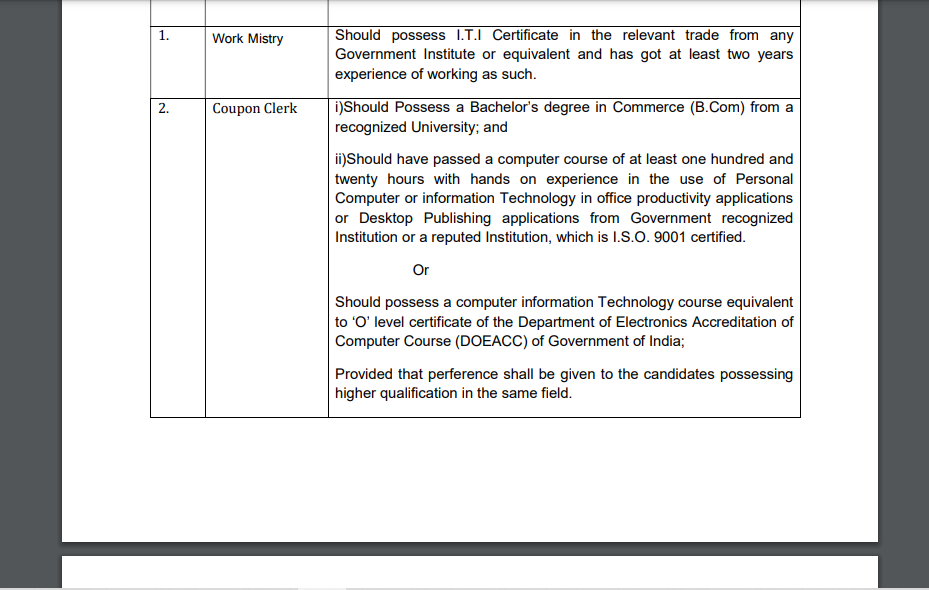
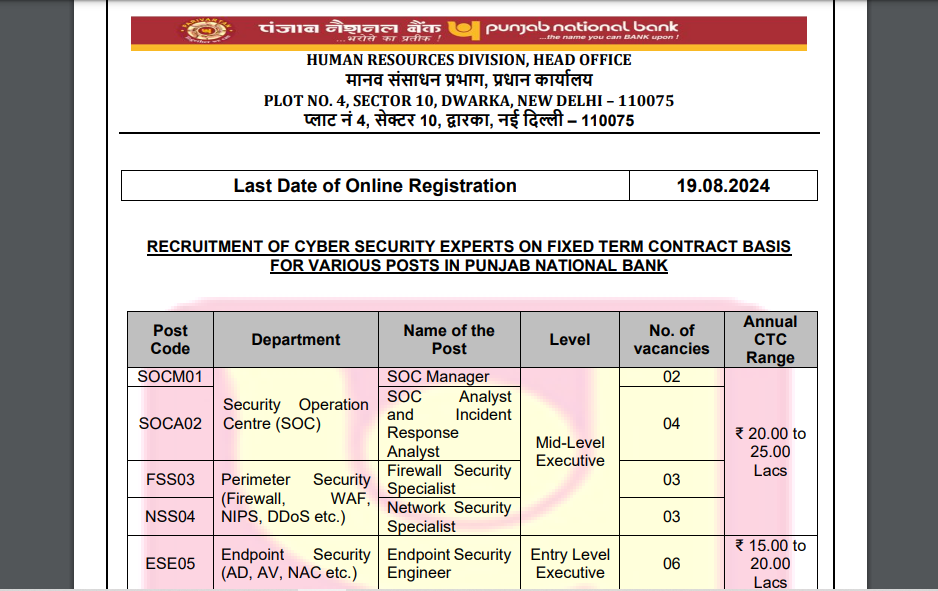
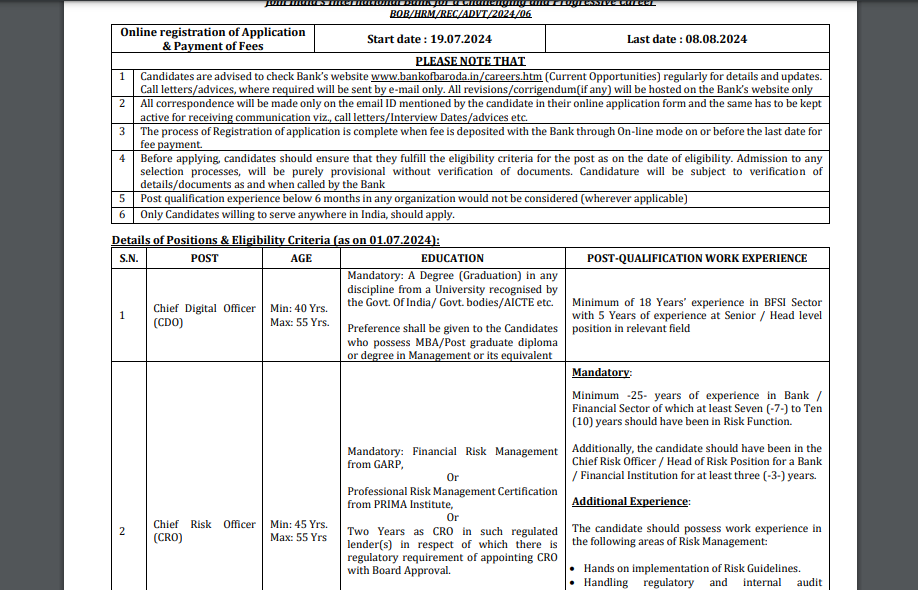
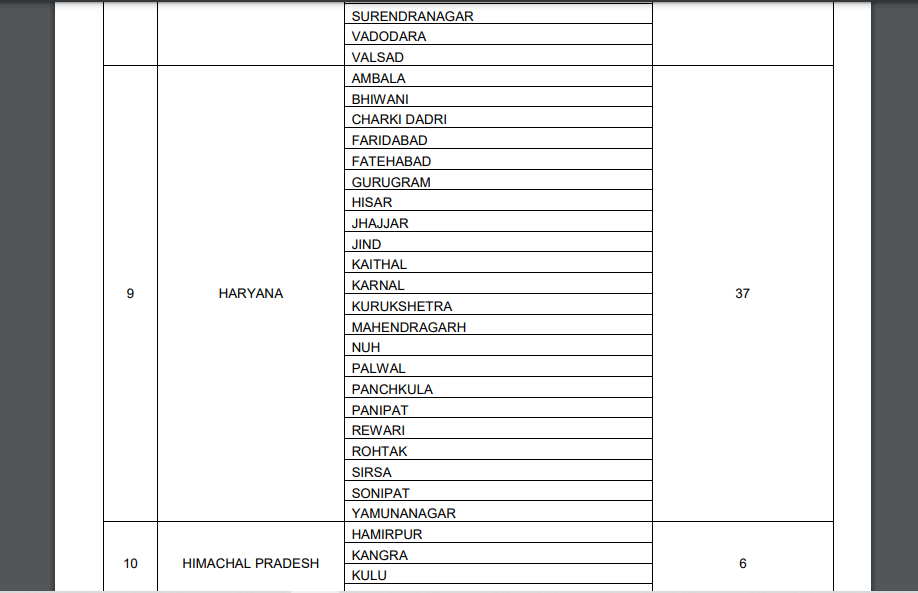
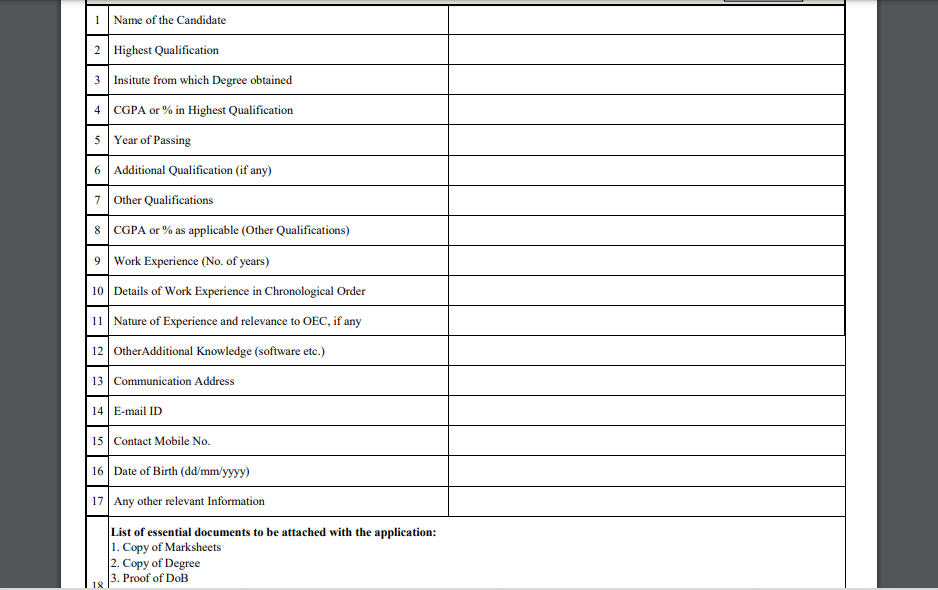


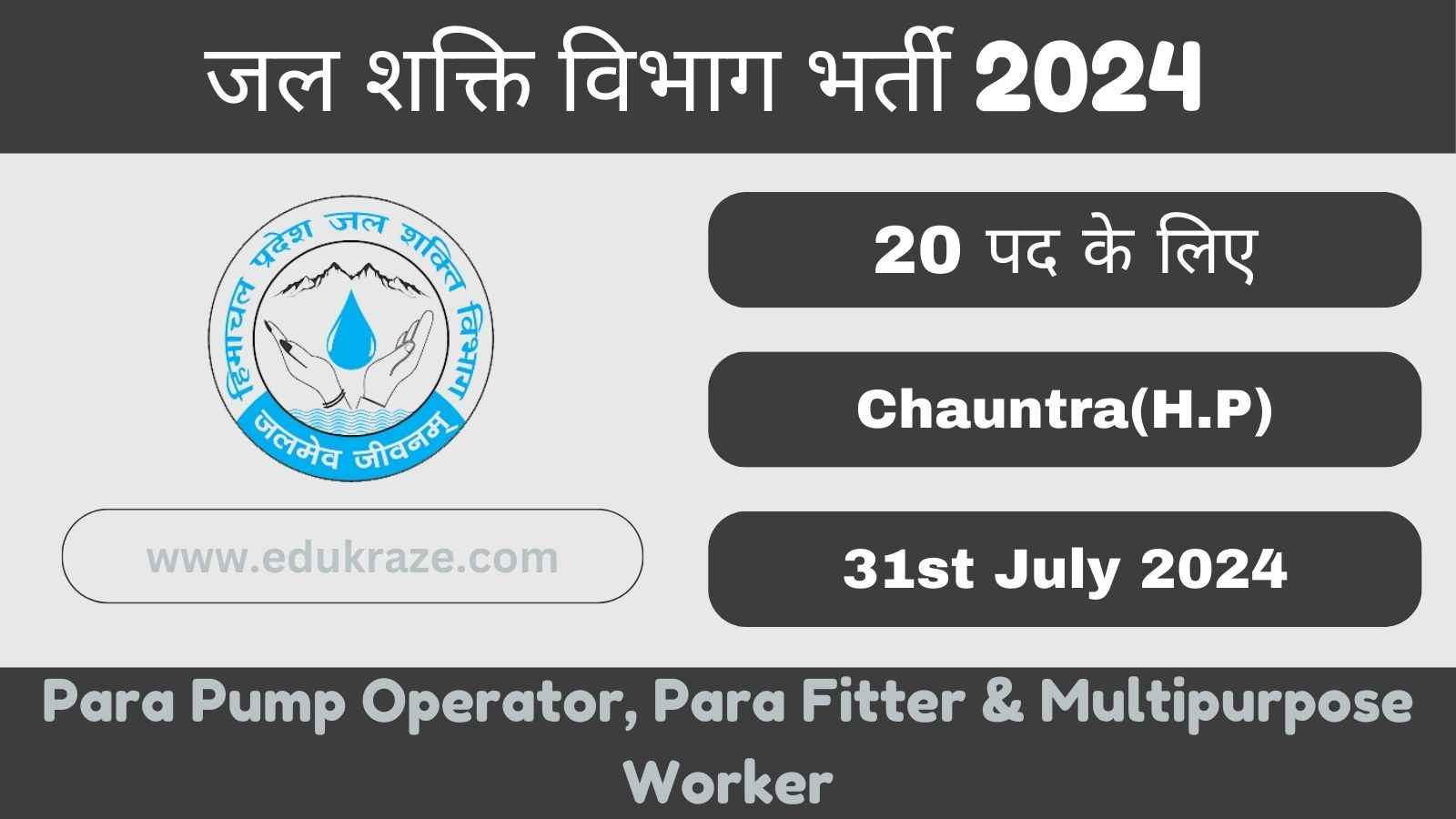
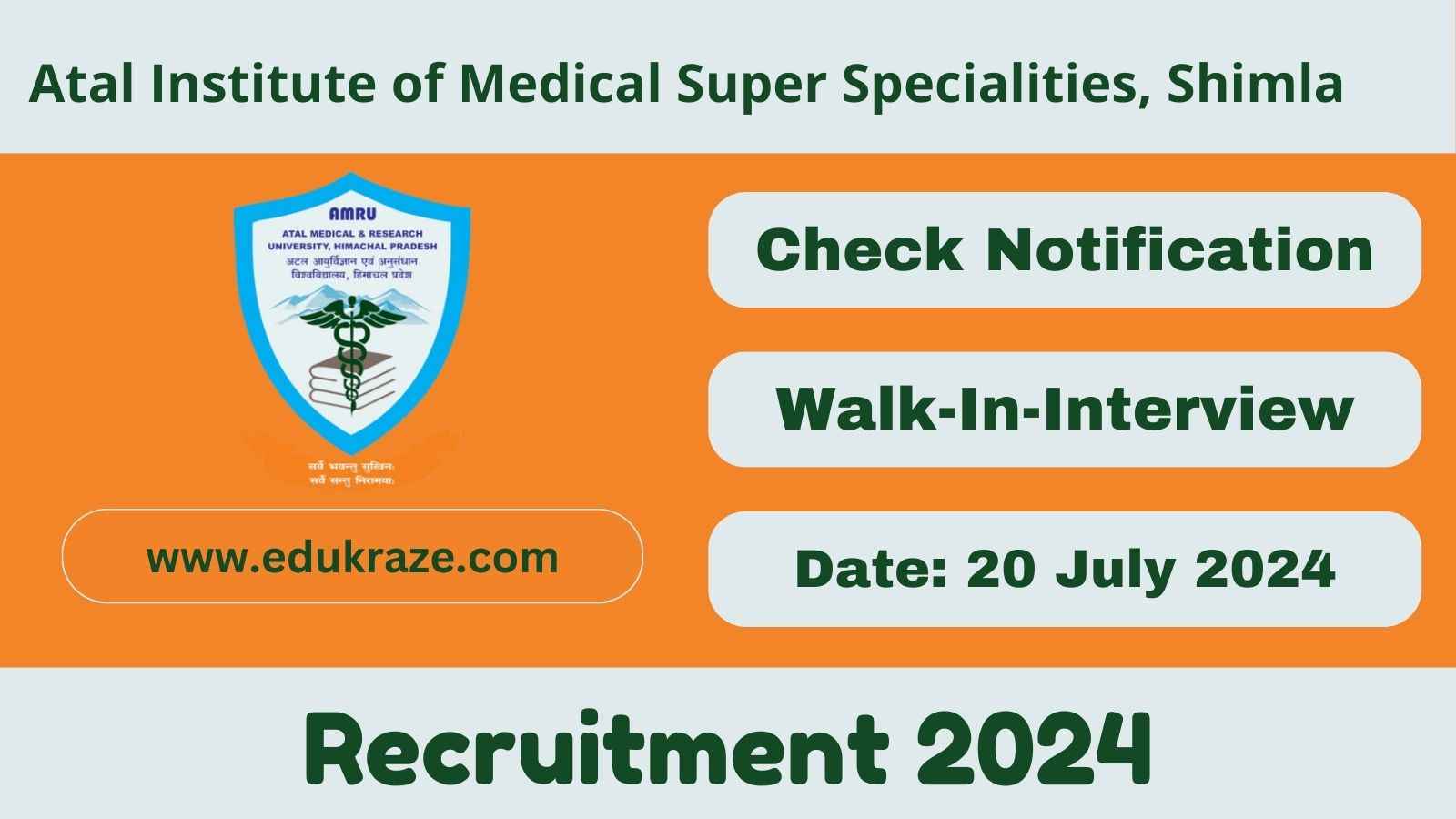


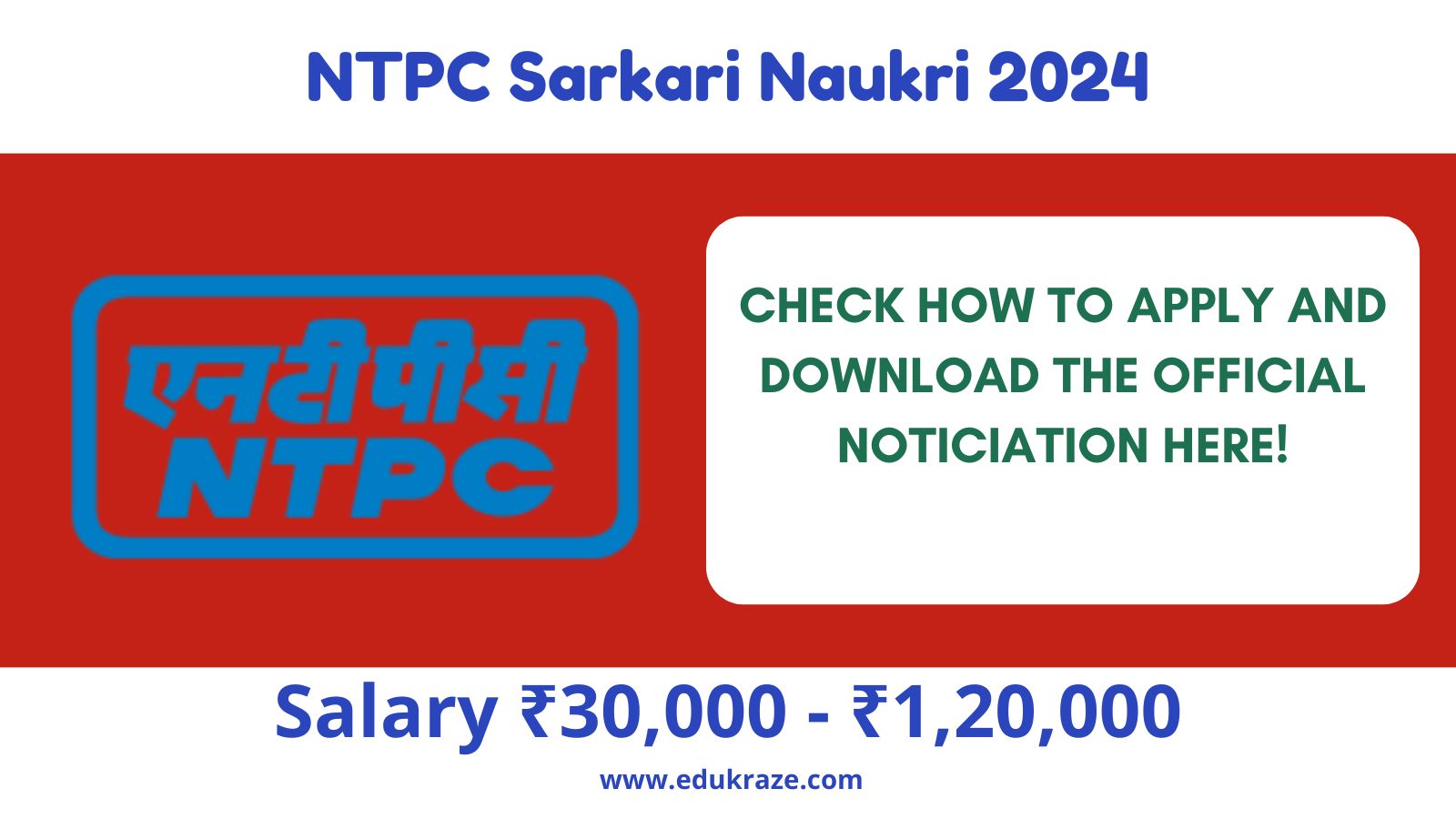
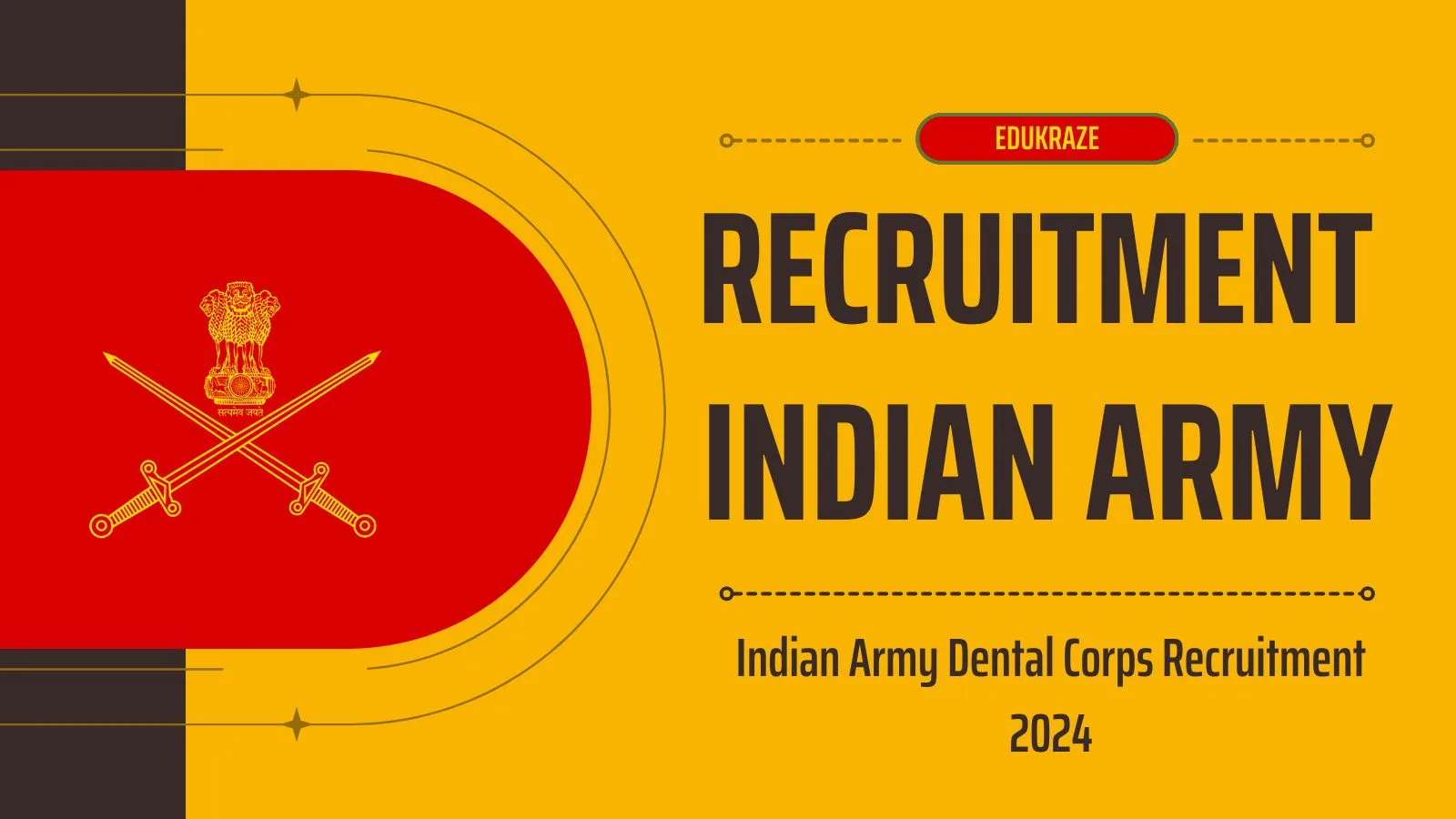
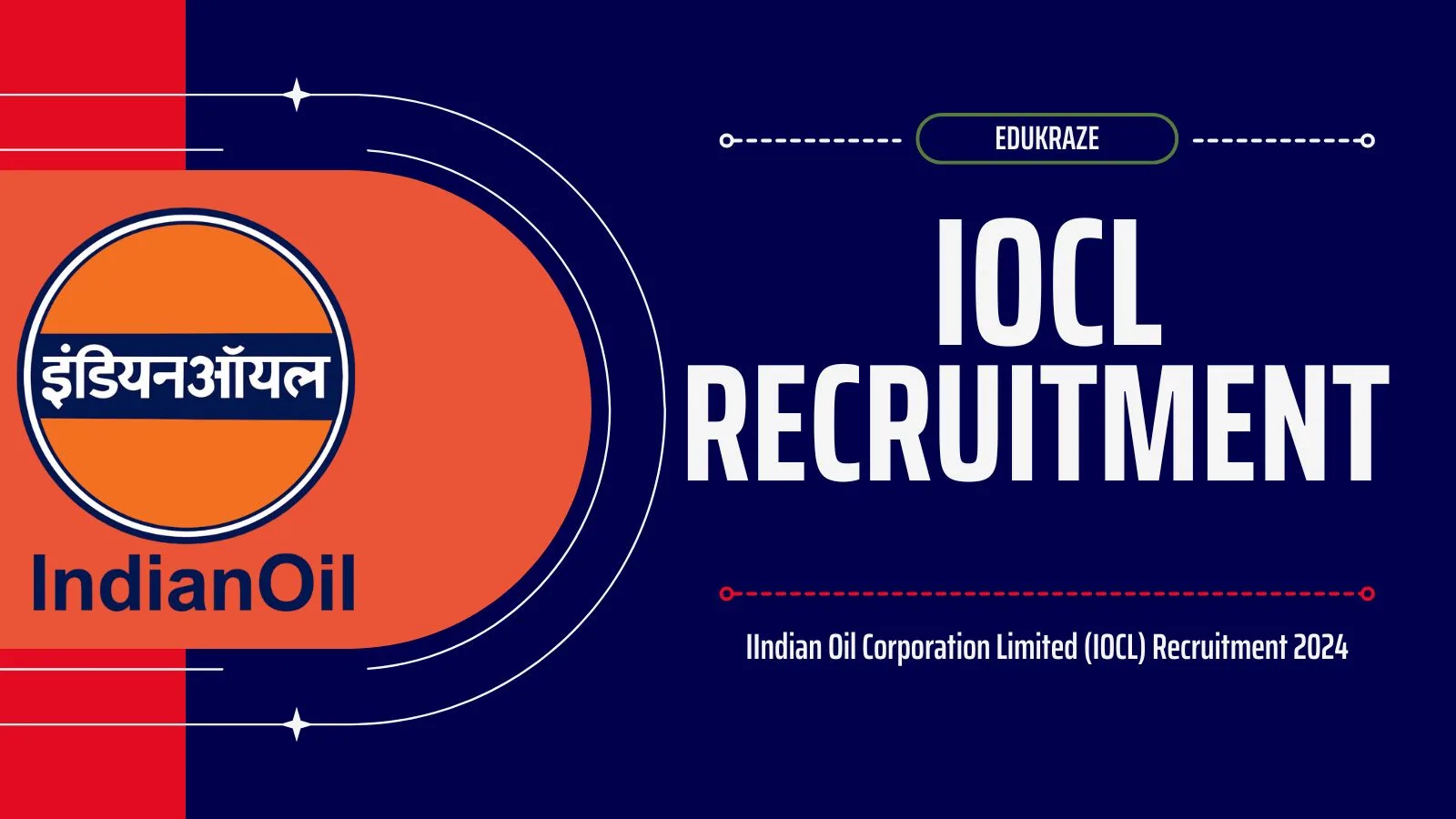
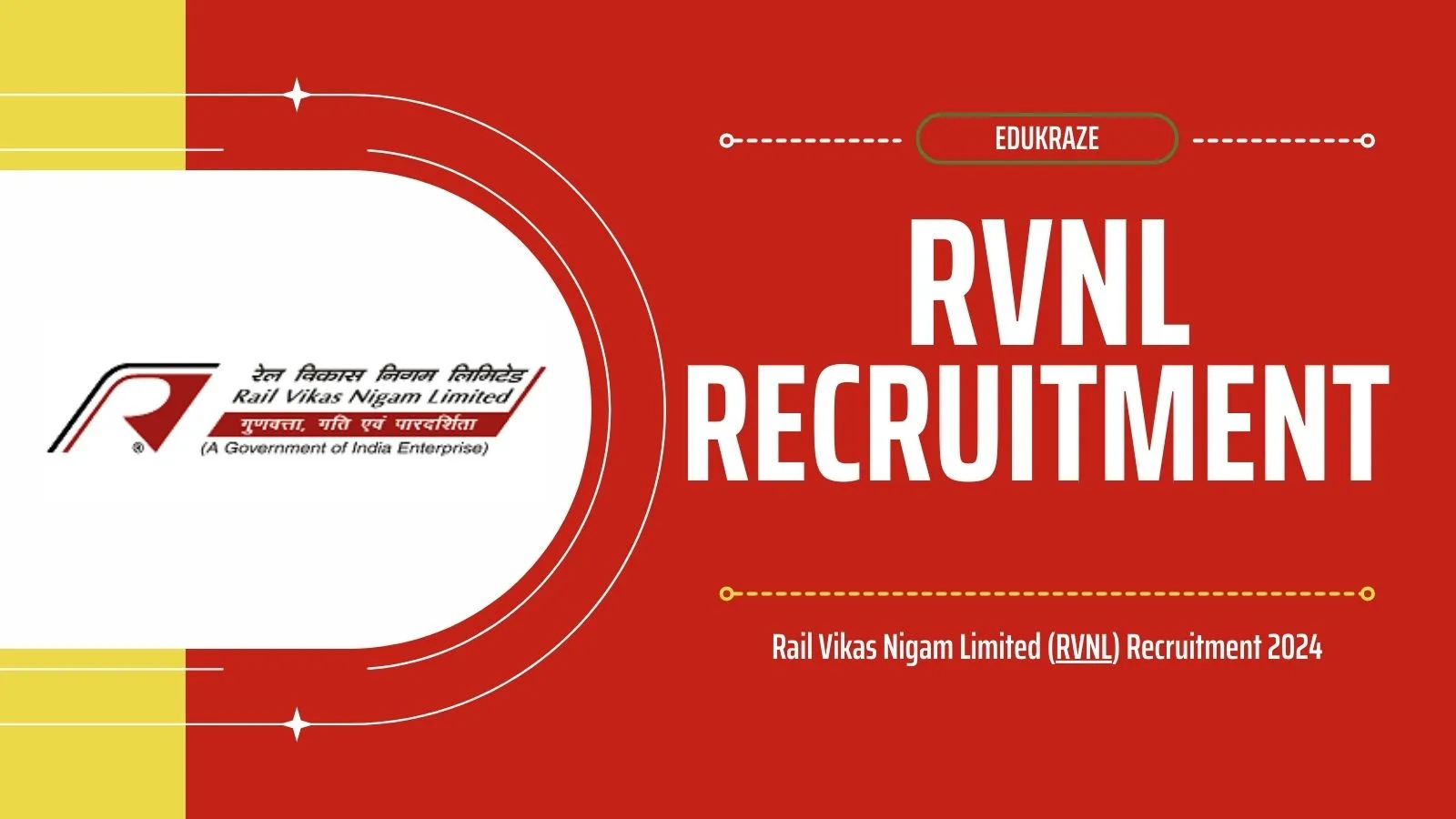
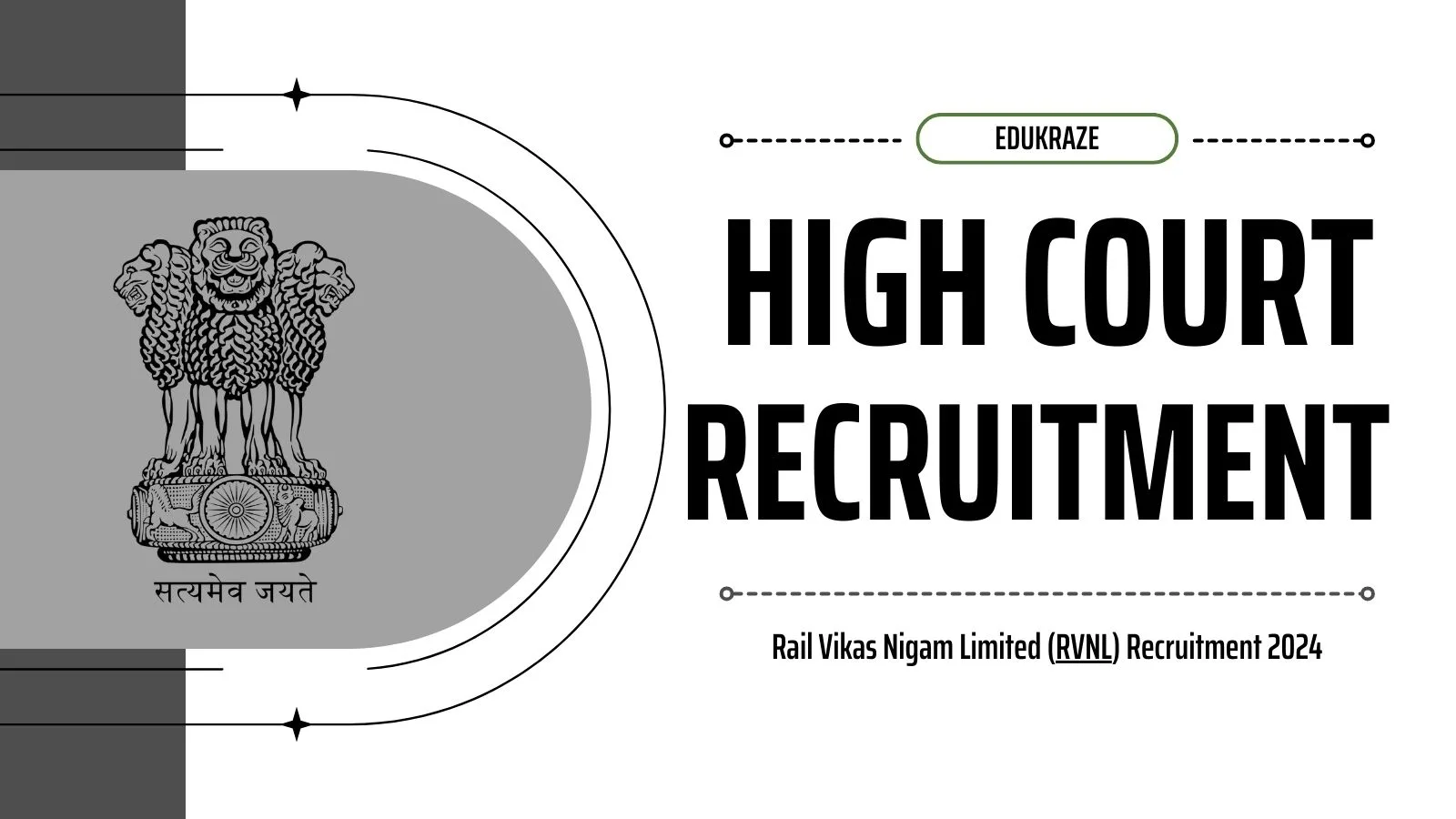








Wow, fantastic weblog format! How long have you ever been blogging for?
you make running a blog look easy. The overall look of your web site is magnificent, let alone the content material!